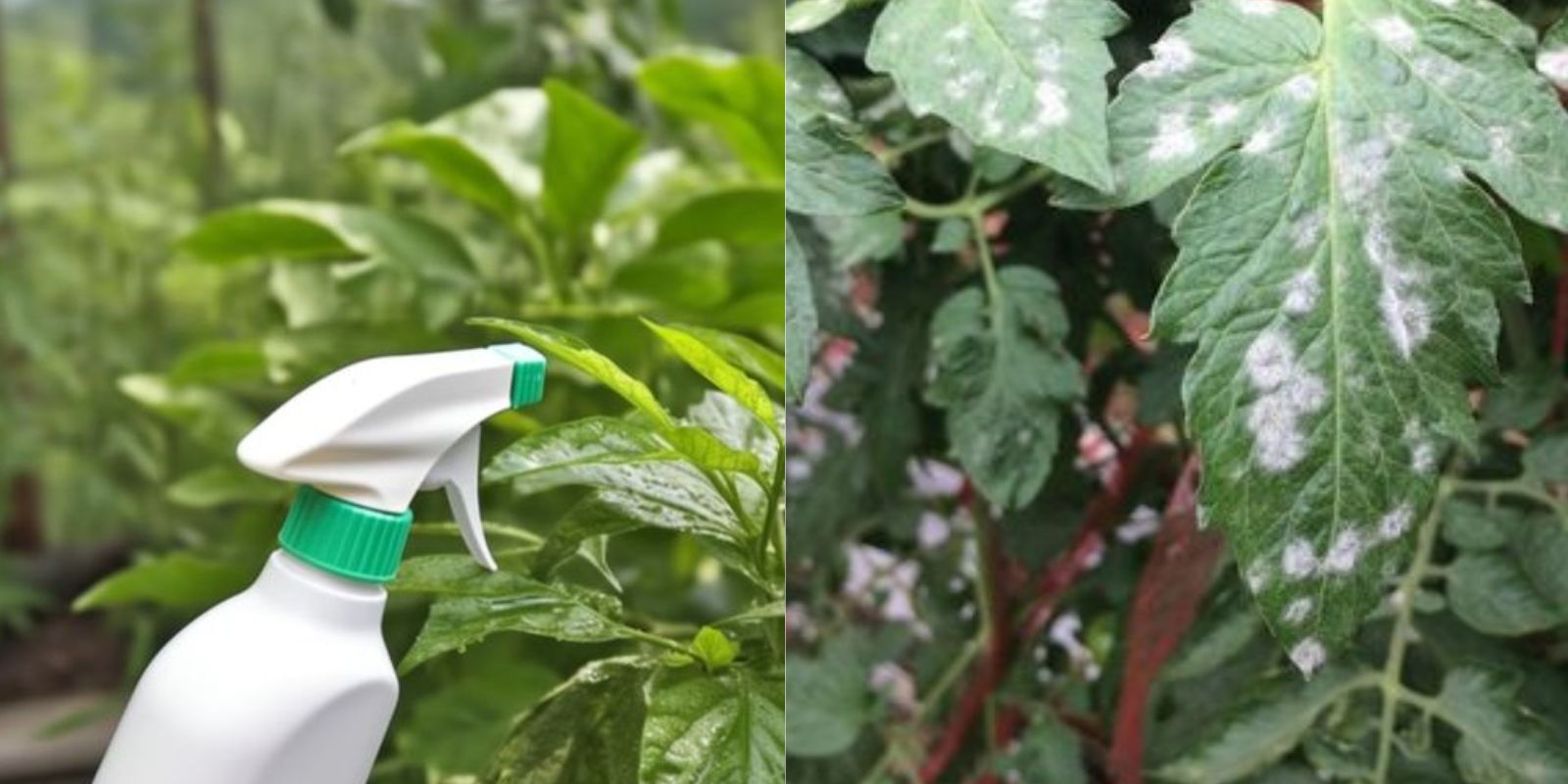Gardening enthusiasts are always on the lookout for effective, natural solutions to common plant problems. One such versatile and powerful ally is hydrogen peroxide. Known for its disinfectant properties, hydrogen peroxide can also play a crucial role in plant care, offering numerous benefits that promote healthier, more vigorous growth. In this article, we will explore six key benefits of using hydrogen peroxide in your garden and provide detailed instructions on how to use it effectively.
Introduction
Hydrogen peroxide (H₂O₂) is a compound commonly found in many households. It’s widely recognized for its use in first aid for its ability to disinfect wounds. However, its benefits extend far beyond medical uses. In the garden, hydrogen peroxide can be a game-changer. This simple, inexpensive solution can help improve plant health, prevent diseases, and promote robust growth. Here’s how you can harness the power of hydrogen peroxide to transform your garden.
1. Promotes Root Health
Healthy roots are the foundation of strong and vibrant plants. Hydrogen peroxide can significantly enhance root development and health.
How It Works:
Hydrogen peroxide breaks down into water and oxygen when it comes into contact with soil and water. This extra oxygen helps aerate the soil, promoting healthier root systems. It can prevent the soil from becoming compacted and oxygen-deprived, ensuring roots receive the necessary oxygen for growth.
How to Use:
- Solution Preparation: Mix one part hydrogen peroxide (3% concentration) with ten parts water.
- Application: Water your plants with this solution once a week. This routine will help keep the soil oxygenated and support healthy root development.
2. Prevents Root Rot
Root rot is a common problem caused by overwatering and poor drainage, leading to the growth of harmful fungi and bacteria. Hydrogen peroxide can prevent and treat root rot effectively.
How It Works:
The oxygen released from hydrogen peroxide helps eliminate anaerobic conditions (lack of oxygen) that foster root rot. Additionally, its antifungal and antibacterial properties can kill pathogens that cause root rot.
How to Use:
- Solution Preparation: Dilute one teaspoon of hydrogen peroxide in one cup of water.
- Application: Apply this solution to the soil around the base of the plant. Repeat every few days until the root rot issue is resolved.
3. Boosts Seed Germination
Starting plants from seeds can be challenging, especially when dealing with poor germination rates. Hydrogen peroxide can enhance seed germination and give your seeds a strong start.
How It Works:
Hydrogen peroxide softens the seed coat, allowing water to penetrate more easily and speeding up the germination process. It also helps disinfect seeds, reducing the risk of fungal infections.
How to Use:
- Solution Preparation: Mix one tablespoon of hydrogen peroxide in one cup of water.
- Application: Soak the seeds in this solution for about 30 minutes before planting. Rinse the seeds with clean water before sowing them in soil.
4. Disinfects Tools
Garden tools can easily become carriers of diseases, spreading pathogens from one plant to another. Disinfecting tools with hydrogen peroxide is an effective way to prevent this.
How It Works:
Hydrogen peroxide’s disinfectant properties kill bacteria, fungi, and viruses on contact, ensuring your tools are safe to use.
How to Use:
- Solution Preparation: Use a 3% hydrogen peroxide solution directly from the bottle.
- Application: Soak your tools in the solution for a few minutes or wipe them down thoroughly. Allow the tools to air dry before using them again.
5. Kills Pests
Insects and pests can wreak havoc on your garden, but hydrogen peroxide offers a safe and non-toxic way to manage these unwelcome visitors.
How It Works:
Hydrogen peroxide acts as a contact insecticide, killing pests by oxidizing their soft tissues. It can be particularly effective against soft-bodied insects like aphids and mites.
How to Use:
- Solution Preparation: Mix one part hydrogen peroxide (3%) with three parts water.
- Application: Spray the solution directly onto the plants, focusing on the undersides of leaves where pests often hide. Repeat as necessary, but avoid overuse to prevent damage to the plants.
6. Treats Powdery Mildew
Powdery mildew is a common fungal disease that affects many plants, causing a white powdery coating on leaves and stems. Hydrogen peroxide can help control and eliminate this disease.
How It Works:
The antifungal properties of hydrogen peroxide disrupt the cell walls of the mildew, killing the spores and preventing the spread of the disease.
How to Use:
- Solution Preparation: Mix one part hydrogen peroxide with three parts water.
- Application: Spray the solution on affected plants, covering all infected areas thoroughly. Apply this treatment once a week until the powdery mildew is gone.
Motivation
Embracing hydrogen peroxide in your gardening routine can revolutionize the way you care for your plants. Its multi-faceted benefits make it a valuable addition to any gardener’s toolkit. By understanding and applying these simple yet effective uses, you can promote healthier growth, prevent diseases, and enjoy a more bountiful harvest.
Conclusion
Hydrogen peroxide is an incredibly versatile and effective solution for various gardening challenges. From promoting root health and preventing root rot to boosting seed germination and disinfecting tools, its benefits are extensive. Additionally, it serves as a non-toxic method to kill pests and treat powdery mildew, ensuring your plants remain healthy and vibrant.
By incorporating hydrogen peroxide into your gardening practices, you can enjoy a thriving garden with lush, productive plants. Whether you’re a seasoned gardener or a beginner, these tips can help you make the most of this powerful yet simple solution. So, why not give it a try and see the transformative effects of hydrogen peroxide on your plants and in your garden? Happy gardening! 🌱✨

